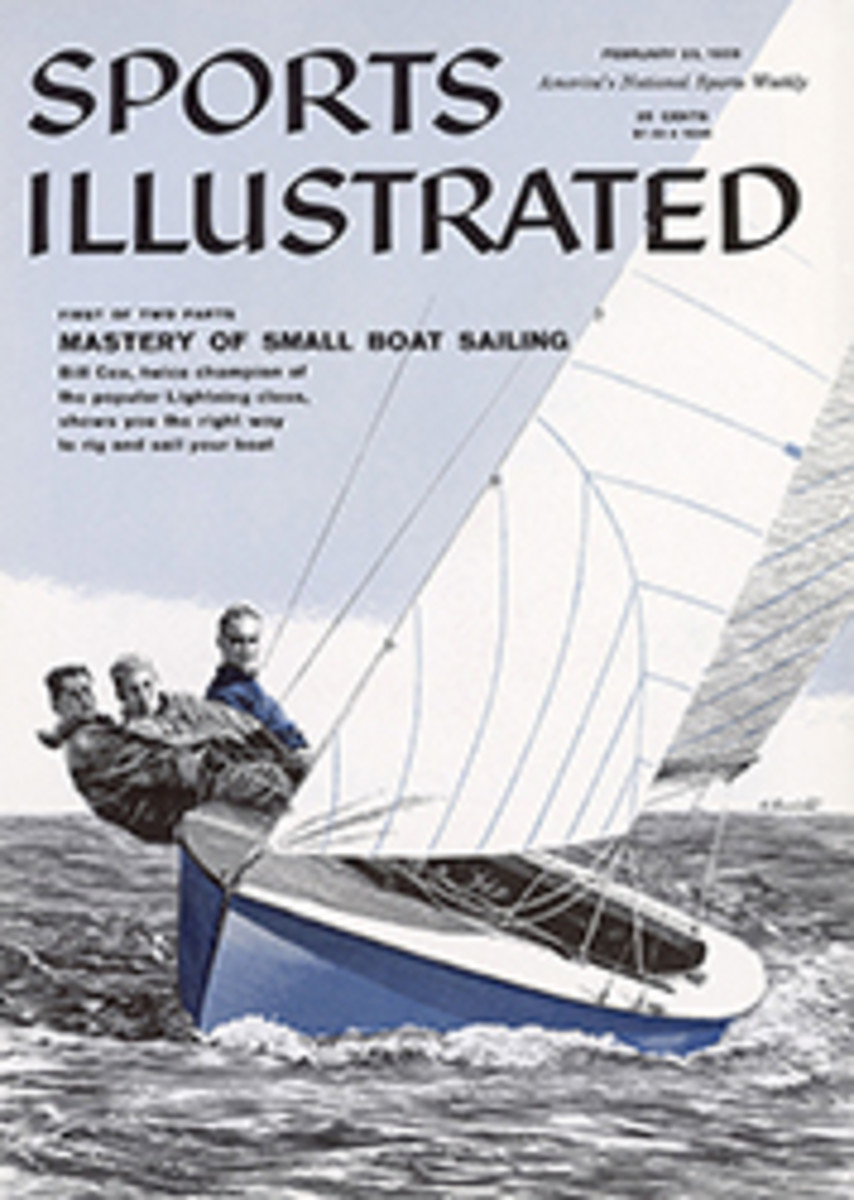
QUESTION: Does the use of ski wax really make any difference to anyone who skis relatively slowly and always stays on well-packed trails?
Yes. On hard-packed snow the plastic bottoms of the new metal or wooden skis, and most of the downhill waxes put on by the ski shops at the areas, are too slippery for the beginner or the low intermediate. At Arapahoe Basin Ski Area I made a test involving two classes of novices. One class used a universal wax, which gives the skis a certain amount of grip in climbing and traversing, yet allows them to slide nicely down the slope. The other used a typical slick downhill wax. At the end of an hour the first class was handling its skis in a natural and confident manner. The second class was having trouble, obviously handicapped by skis that did not stay under them. A wise instructor makes sure his beginners and intermediates have a universal wax; the wise ski pupil will learn to choose his own wax when the instructor is not around. I would recommend the Metro No. 1, Swix Blue and Fall Line No. 1.
If you are an advanced intermediate, the standard plastic base or base lacquer will make your skis perform pretty well in most snow conditions. However, from this time of year on, depending on the area, you will often find your skis getting sticky. You should get some wax on them right away, for a slow ski is dangerous. It puts too much strain on your ankles and knees and sets you up for an accident. Metro No. 3, Swix Silver, and Fall Line No. 2 are good downhill waxes.
There is one type of snow for which everyone, expert as well as beginner, should wax carefully. This is the heavy, clinging cover we often get in March as the snow begins to melt. The area ski shop probably has the best mixture heating in its wax pot. However, the snow may turn heavy while you are way up on the mountain, and you should carry a good wet-snow wax in your parka. I carry Metro No. 6 or Fall Line Red.
There are several ways of applying wax. The best method for hard and icy conditions is to press on several thin layers with a hot iron. Hold the block of wax against the hot iron and spread a trickle of wax down the length of the ski. Then iron the wax evenly over the entire running surface, working from tip to tail of your ski. Another method for bard snow is to rub the wax directly on your ski and then smooth it over with a cork. This is more strenuous and the coating doesn't last as long. However, you can do the job right on the hill.
For soft snow, particularly in warm or wet weather, the best way is to melt the wax in a pot and then spread it on with a paint brush. Start at the tail this time and work toward the tip. Make the application in short steps about four or five inches long, and be sure to use plenty of wax. Each step should overlap the previous step so you get a surface with a series of very shallow terraces that will break up the suction which tends to form under your skis when they are running on soft snow.
Some final tips on waxing: 1) Always carry a piece of paraffin. It comes in handy for a hill where snow conditions are variable—fast in the shade and slow in the sun. Also, a layer of paraffin will keep the tops of your skis clear if sticky snow starts to pile up on them. 2) Very often the snow on the flat stretches at the bottom of the hill will be different from that at the top. Wax for conditions on the flat spots, for it is here you get the sudden changes that send you tumbling. 3) Wax the sides of your skis as well as the bottoms. 4) If you wax indoors, stand your skis outside to cool for a few minutes before you use them or they will stick when you set them on the snow.
PHOTO

